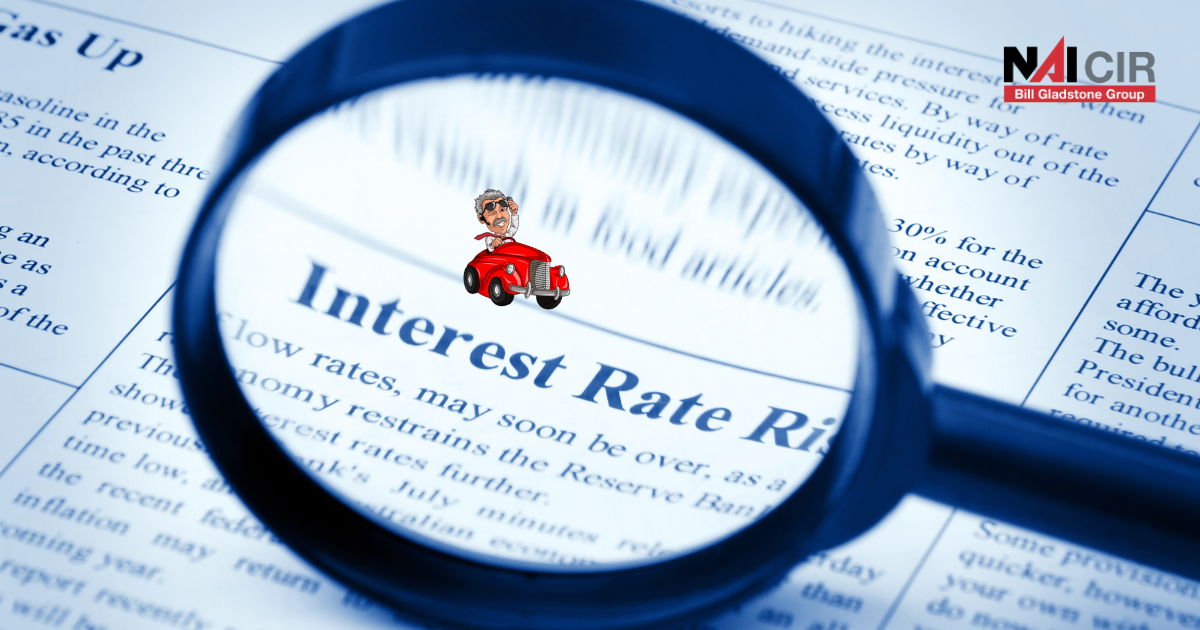
In 2025, commercial real estate (CRE) investors, developers, and tenants are closely monitoring the fluctuating interest rate environment. Rising and falling interest rates have the power to significantly impact property values, investment strategies, and financing options. Here’s how interest rate fluctuations are already reshaping the commercial real estate market this year and what it means for both seasoned investors and first-timers.
Understanding Interest Rates and CRE Impact
Interest rates, set by central banks like the Federal Reserve, play a crucial role in determining the cost of borrowing money. When rates are low, borrowing becomes cheaper, often stimulating investment and development activity. Conversely, higher interest rates increase borrowing costs, which can slow down investment and reduce property prices. Even small changes in interest rates can have profound effects on profitability and market dynamics.
As we explored in our post on “Preparing for the Future: How AI and Tech Are Reshaping CRE in Pennsylvania“, technology continues to evolve the CRE market, but it’s essential to consider how external factors, like interest rates, impact real estate investments—particularly in areas like financing options, property values, and the overall investment climate.
Key Areas Where Interest Rates Are Impacting CRE in 2025
- Property Values and Investor Sentiment As interest rates increase, borrowing costs rise, which can lead to a decrease in property values. This shift is already impacting investor sentiment, as properties may no longer yield the same level of return. Furthermore, rising interest rates tend to increase capitalization (cap) rates, which lowers the price of properties.
A 2024 report from National Real Estate Investor mentions that rising rates have caused a slowdown in certain markets, particularly in office and retail sectors, where financing is often more leveraged. - Financing and Transaction Volume Higher interest rates make borrowing more expensive, which can slow down the volume of CRE transactions, especially for investors who rely heavily on debt financing. This is particularly impactful for those looking to acquire or develop large properties. As borrowing becomes more costly, investors may reconsider deals or delay purchases.
As highlighted in our blog post “How to Evaluate and Find the Right Commercial-Industrial Real Estate Firm“, choosing the right financing option is crucial, and this will become even more important as interest rates continue to rise throughout 2025.
- Impact on Different CRE Sectors Interest rate hikes can have varying impacts across CRE sectors. For example, office and retail markets may face more significant challenges as financing costs rise, making development and acquisition less attractive. However, industrial real estate and multifamily housing—which have been resilient in recent years—may continue to show promise even in a rising-rate environment.
In our article “Big Dreams, Small Spaces: How Commercial Real Estate Investments Can Propel Small Businesses Forward“, we discussed how small businesses are increasingly turning to industrial spaces due to growing demand and affordability. This trend may intensify in 2025, as industrial properties remain more insulated from the negative effects of rising interest rates.
- Long-Term Investment Strategies and Adaptation For long-term CRE investors, higher interest rates may shift focus toward properties with lower debt levels or those with stronger cash flow potential. To minimize risk, investors may look for properties in more stable markets or explore joint ventures and partnerships to share financial burdens.
As seen in our post “Future-Proofing Your Real Estate Portfolio: Strategies for Long-Term Success”, diversification remains key when adapting to shifting market conditions, especially in an environment of rising rates.
What CRE Investors Can Do to Prepare for 2025
With interest rates continuing to rise in 2025, it’s more important than ever to remain proactive in adapting investment strategies. Here are some actionable insights for investors to consider:
- Monitor Rate Trends: Stay updated on rate changes and forecasts from financial institutions and central banks. This will help guide investment decisions and financing options.
- Refinance Before Rates Increase Further: If possible, refinancing current loans before rates climb any higher can save investors significant sums on interest.
- Explore Alternative Investments: Consider investing in less rate-sensitive assets, such as stabilized multifamily properties or industrial real estate, which may offer more consistent returns.
- Diversify Investments: Spread investments across different property types and geographic locations to reduce risk.
Conclusion
Interest rate fluctuations are already shaping the commercial real estate landscape in 2025. By staying informed and adjusting strategies accordingly, CRE investors can continue to thrive, even in a rising-rate environment. Whether you’re looking to invest in the Greater Harrisburg PA area or other emerging markets, The Bill Gladstone Group is here to help guide you through these changes and ensure that you remain on track to meet your investment goals.

